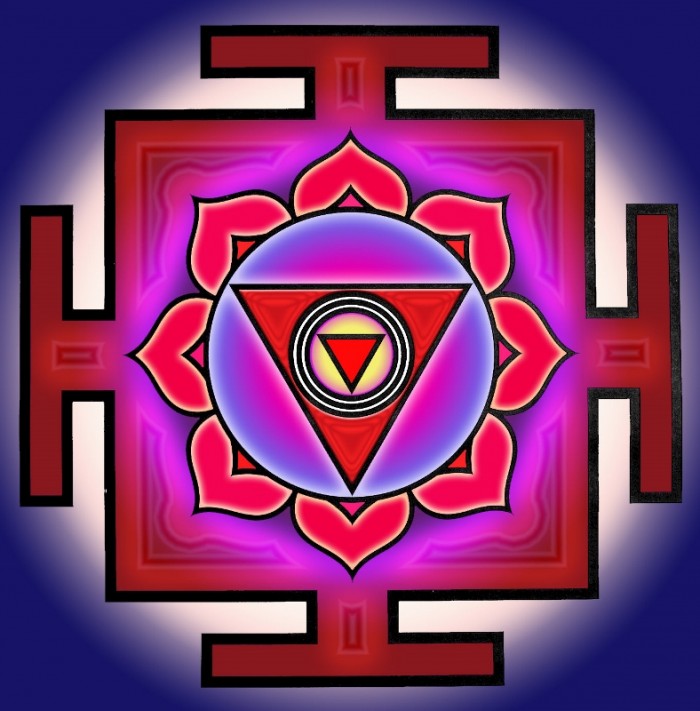I remember vividly the fear that pervaded my first period.
The unfamiliar pain, unfamiliar products and unfamiliar intimacy with my own body constituted a world of unknowns that was dark, messy and quite frankly terrifying.
I wanted nothing to do with it.
In technical terms, I was plenty prepared. I had the good fortune of attending a grade school with a superb health teacher, and to this day I seem to know more about sexual health than many of my peers thanks to her.
But a chalkboard cannot hope to truly prepare a girl for the flesh and blood—especially blood—reality of her adult body.
I hated dealing with menstruation, and so I had as little to do with it as possible; I held it at arm’s length. Avoidance and distaste characterized my treatment of my body’s expulsions. Tampons rolled in lengths of toilet paper after use, the better to ignore their existence.
Three to four days out of every month, I distanced myself from my physical container and its messy, off-putting processes—though I did not realize it at the time.
It is only very recently that I have begun to understand the full repercussions of my former “coping mechanisms.” By putting as much mental and physical space between me and menstruation, I effectively denied a piece of my identity. I refused to fully know myself as a woman.
Yes, I really do think it goes that deep.
As I grew older, I began to see the potential for beauty, connection and sisterhood within my body’s rhythms, and in theory I started to appreciate more this messy, dark and deeply feminine aspect of myself.
In practice, however, nothing changed.
Nothing changed until two years ago, when I bought a Moon Cup.
Sometimes called a Diva Cup or menstrual cup (the generic term), the Moon Cup is a re-usable, silicon cup worn just inside the opening of the vagina. When inserted properly, it creates a natural seal that holds it in place, and it collects menstrual fluid, unlike tampons, which absorb it. Furthermore, it generally does not cause the same discomfort as tampons, and can be worn up to 12 hours at a time. If sterilized properly after each cycle (by boiling in pure water), it can safely be used for several years.
This is hardly a new invention. The first menstrual cups were patented in 1937, and brought to U.S. markets in the 1960s, though to little success. Because of that limited success, many people today may have never heard of them, though that seems to be changing now.
In total honesty, my original motives for buying a Moon Cup were financially-driven. Traveling in Southeast Asia at the time, I liked the idea of a cheaper alternative to locally available, lower quality feminine hygiene products. At 40 USD, the Moon Cup is an economical choice for menstrual care, and sustainable to boot! (Do you know how much waste feminine hygiene products generate!)*
As it turned out, the switch would prove to be towards greater mindfulness as well.
Using a Moon Cup after six years of tampons and pads was like looking in a mirror after years of seeing my reflection in glass windows and pools of water: totally revolutionary. One simple decision forced me to draw back the veil I had so carefully held between me and my body.
I could no longer hide from the unknowns—the dark, messy intimacy of my cycle. And the blood—I could no longer hide from the blood.
And you know what? When I finally looked my fear in the face, I found it wasn’t so scary after all.
I am still a ways off from embracing menstruation with the love and reverence I believe it deserves, but I am a hell of a lot closer than I was two years ago.
One tiny, silicon cup brought me to new levels of self-love and intimacy. At the very least, I want other women to know it is out there!
Wanna know more? Relephant Links:
*Slate, Moon Cup, Diva Cup, Reusable Menstrual Pads, Wikipedia
Relephant Read:
Squeamish? Five Women Tell All.
Author: Toby Israel
Editor: Catherine Monkman
Photo: Wikipedia Commons












Read 1 comment and reply